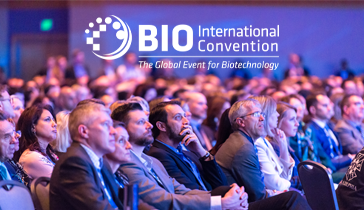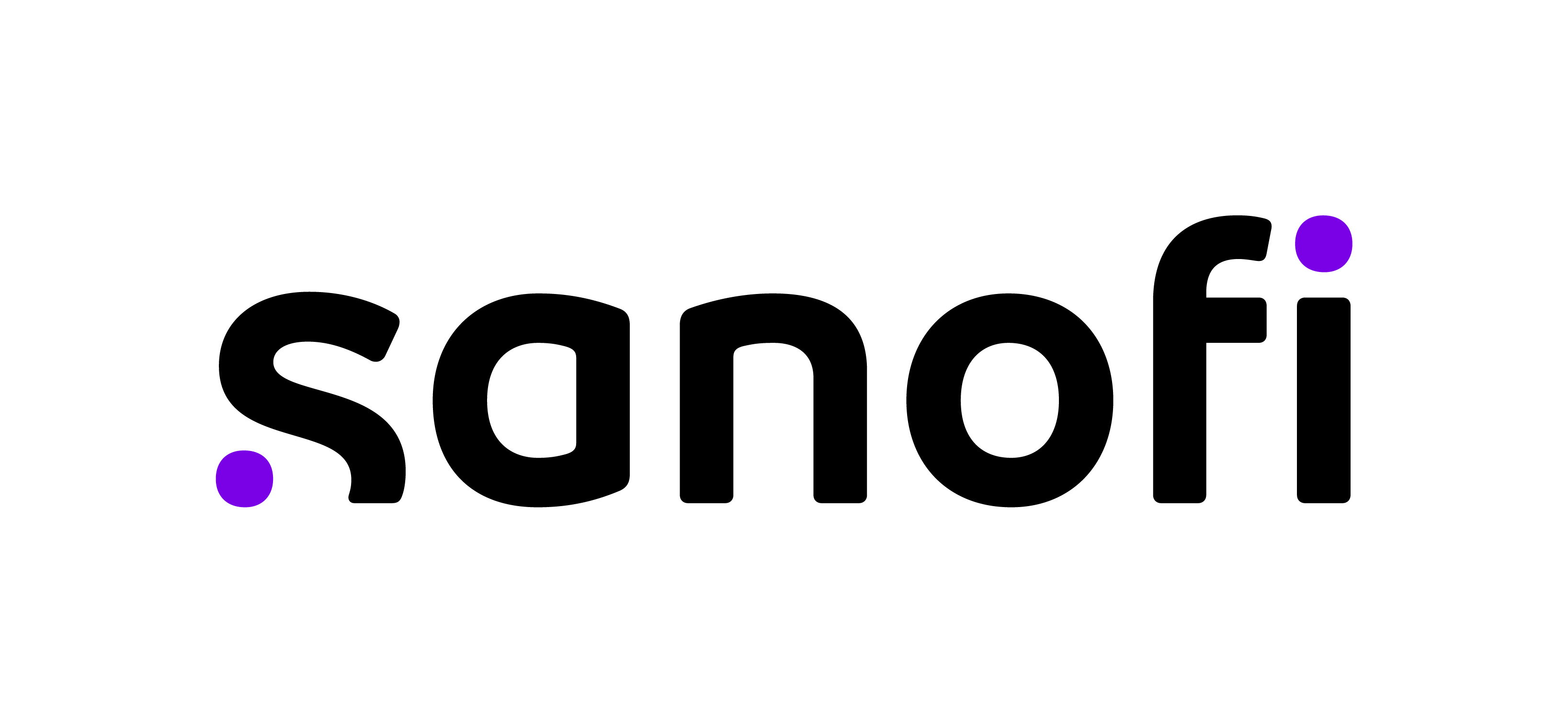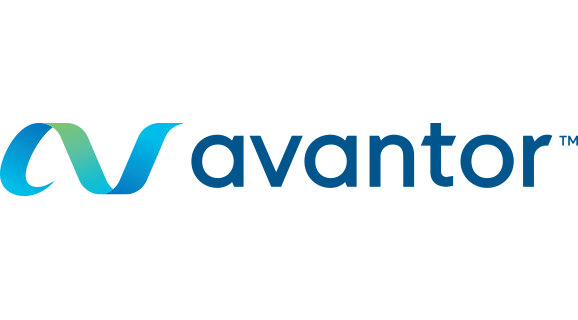As the biotech industry advances scientific discovery around new tumor types and mechanisms of action, we’ve seen more than 2,000 combination trials launched to enhance PD-1/L1 checkpoint inhibitors’ effects on solid tumors. The oncology pipeline has some exciting new biotechnological approaches that offer much promise to improve treatment options for patients with solid tumors.
Innovators are exploring tumor microenvironments and tumor metabolism, addressing evasion mechanisms, disrupting tumor growth at various stages and improving the patient experience. Industry leaders and investors gathered Monday morning at the 2020 BIO CEO & Investor Conference to discuss these issues at a panel discussion, “Expanding the Toolkit for Fighting Solid Tumors”. The distinguished panel was moderated by Asthika Goonewardene, Managing Director and Senior Biotechnology Analyst at SunTrust Robinson Humphrey. Panelists included: Dr. Benjamin Cowen, MBA PhD, President and CEO at ImmunoMet Therapeutics; Daniel O’Connor, CEO at OncoSec Immunotherapies; Natalie Sack, MD, Chief Medical Officer at Harpoon Therapeutics; Mary Szela, CEO and President at TriSalus Life Sciences; Mary Tagliaferri, MD, Chief Medical Officer at Nektar Therapeutics.
While the pipeline is encouraging, the panel discussed challenges that remain for these advancements to get from lab to patient. As Szela put it plainly, perhaps the most significant obstacle for new solid tumor treatments “comes down to cost…as it is really difficult to get [the treatment] paid for and approved” while being affordable to patients. Some avenues help address this, such as shrinking the tumor to reduce the amount of medication needed for an effective treatment or engagement with oncologists to demonstrate that by reducing tumor burden, we can stabilize a disease.
The panel also illustrated that data is king when it comes to demonstrating value to investors in a proof of concept; and without it, small biotech companies have an uphill battle. That particular challenge has led many biotech companies to pursue combination therapy studies in partnership with larger biopharma companies. Associating a novel compound with an established, efficacious agent eases the risk burden and increases the likelihood of positive results. These partnerships also address unmet needs by exploring new indications for patient populations not yet treated by the established product.
The takeaway is that myriad approaches are needed to treat solid tumors as one single approach won’t win the day due to the wide stratification of cancers. At the end of the day, we should endeavor to provide as many tools as possible to help patients in the fight for their lives.





.jpeg?itok=ByJuBfy-)












.png)


